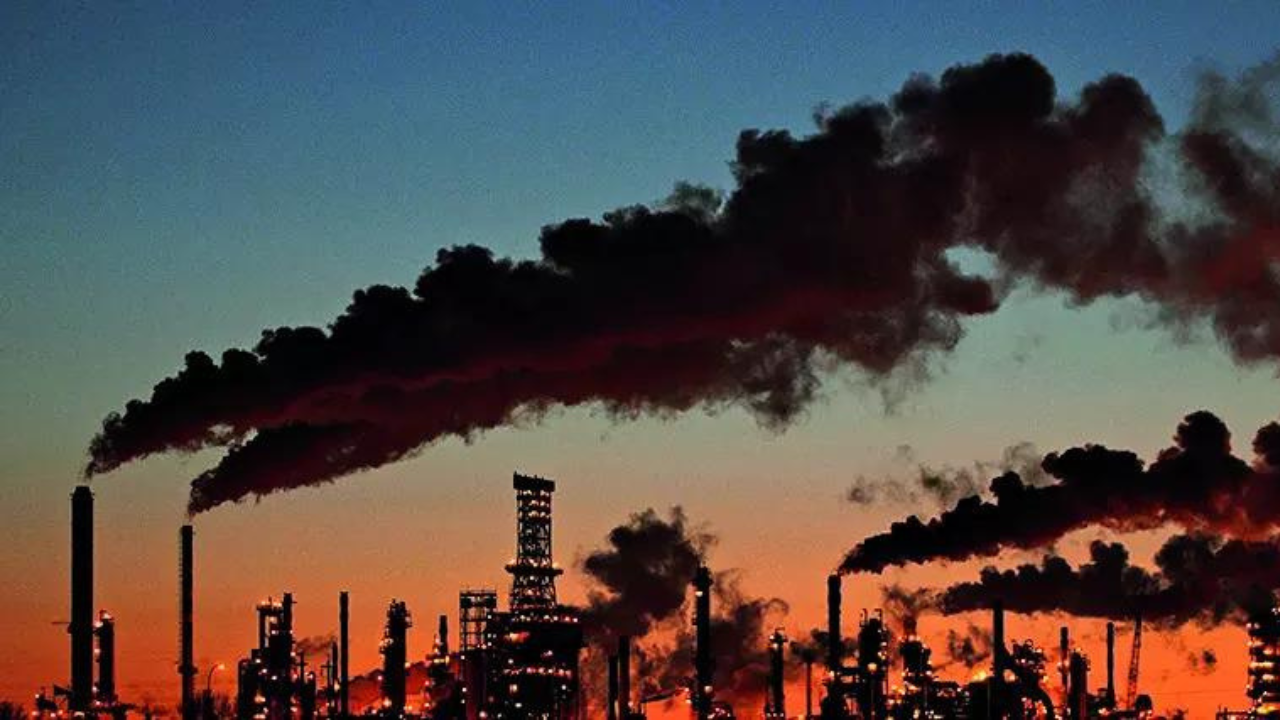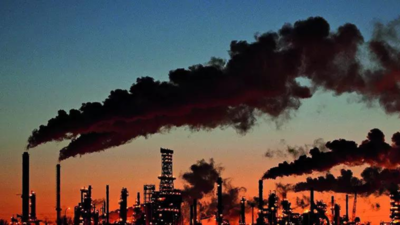NEW DELHI: In what could be a positive outcome of India’s growing renewable energy footprint, a new analysis based on official monthly data has shown that the country’s carbon dioxide (CO2) emissions from its power sector fell by 1% year-on-year in the first half of 2025 and by 0.2% over the past 12 months – this is only the second instance of such a drop in almost half a century. The analysis also indicates that emissions from India’s power sector could peak before 2030 if clean-energy capacity and electricity demand grow as expected. “The future of CO2 emissions in India is a key indicator for the world, with the country – the world’s most populous – having contributed nearly two-fifths of the rise in global energy-sector emissions since 2019,” said the reportprepared by the Centre for Research on Energy and Clean Air (CREA) for Carbon Brief (a UK-based website covering the latest developments in climate science and policy).The analysis also highlighted the substantial growth in India’s clean energy capacity, which has grown by a record 25.1 GW in the first half of 2025.“This was a 69% increase compared with the previous period in 2024, which had also set a record,” said the report, noting that solar continued to dominate new installations, accounting for 14.3 GW of capacity addition from large scale solar projects and 3.2 GW capacity from solar rooftop.In fact, progress on the renewable front helped India achieve a landmark in its energy transition journey: non-fossil fuel sources now account for 50% of its total installed electricity capacity. This has been attained five years ahead of the target set under the country’s Nationally Determined Contributions (NDCs) – climate action commitment – to the Paris Agreement.As of June 30, India’s installed electricity capacity from non-fossil fuel sources stood at242.8 GW – with the total installed capacity at484.8 GW. The CREA’s report noted that the country is expected to add another 16–17 GW of solar and wind capacity in the second half of 2025. Referring to the slowdown in India’s CO2 emission growth since 2024, the report said the largest contributor to the phenomenon was the power sector, which was responsible for 60% of the drop in emissions growth rates, when the first half of 2025 is compared to the years 2021-23.“Oil demand growth slowed sharply as well, contributing 20% of the slowdown. The only sectors to keep growing their emissions in the first half of 2025 were steel and cement production,” said the report. It attributed the CO2 emissions growth from steel and cement production, by 7% and 10%, respectively, to the government’s infrastructure spending.The report noted that the reduction in coal use, on the other hand, comes after more than a decade of break-neck growth, starting in the early 2010s and only interrupted by Covid in 2020. “While coal-power generation is expected to flatline, large amounts of new coal-power capacity is still being planned, because of the expected growth in peak electricity demand,” it said.
India's power sector emission could peak before 2030, it fell by 1% year-on-year in the first half of 2025, says study













